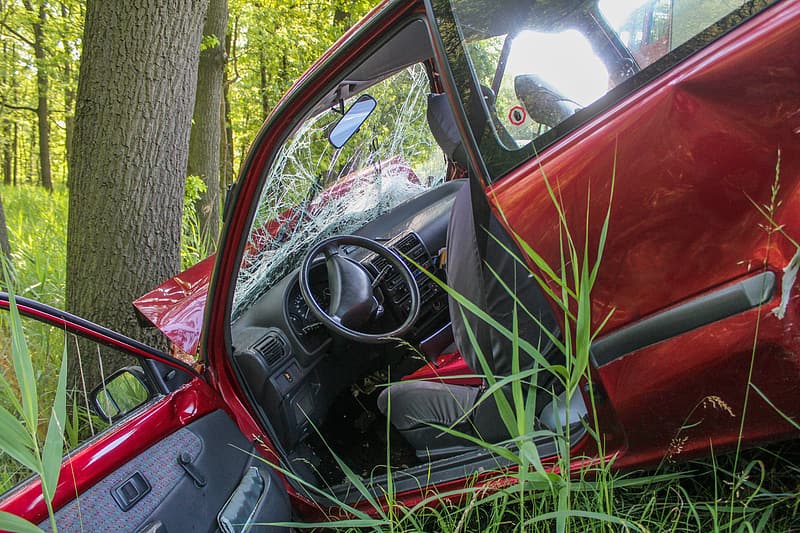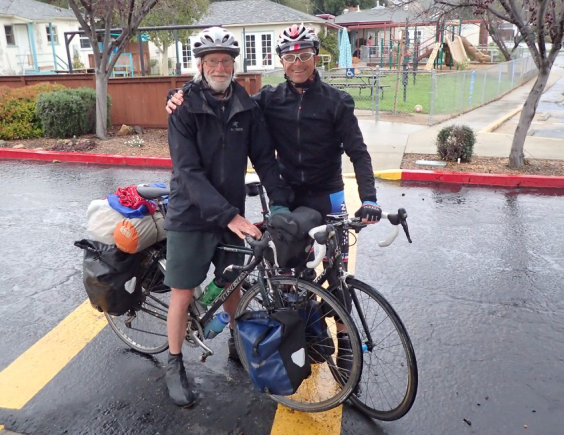So much for the silver lining.
The number of car crashes is indeed plummeting due to lower traffic volumes on American roads, but the rate of car crashes is actually up in many cities — as are the injury and fatality rates for both drivers and vulnerable users.
Evidence is beginning to emerge that absent traffic jams during the coronavirus crisis, many drivers are getting more reckless. And because speed is the number one predictor of crash severity, the proportion of people dying per collision is on the rise in many communities. It's an important asterisk that's largely missing from media reports about the COVID-19 outbreak's effect on our streets, and one that should prompt leaders of these cities to consider other ways to slow down cars through emergency modifications to road design.
Here's just a sampling of places that should start strategizing ways to slow drivers down if they want to cut the car crash rate on their streets, while making the crashes that do occur a little less deadly.
Minnesota
Buckle up for a shock if you think that Midwestern drivers are keeping it Midwestern Nice during the COVID-19 outbreak. Because here's the reality: both car crashes and crash fatalities have more than doubled in the North Star State since the virus began to accelerate in the state .
You read that right. There were 24 crashes and 28 road deaths in Minnesota between March 16 and April 7 this year, compared to 12 crashes and 13 deaths the year prior. That's a horrifying 100-percent increase in collisions and a 115-percent increase in fatalities — and a persuasive argument that it's time to take emergency measures to flatten the curve.
Austin
It hasn't made the local news yet, but preliminary numbers from the Texas capital's traffic data portal point to a rise in traffic injuries — despite a slight dip in collisions.
In March, 2019, Austin police reported 450 crashes that left 99 Austinites injured, including one pedestrian. This March, by contrast, had just 381 collisions, but they resulted in 111 injuries — and this time around, three of them were walkers.
The database doesn't offer good stats on fatalities, and there's good reason to be skeptical of waning collision totals during a pandemic, when police are at least theoretically less likely to respond to car crashes that don't hurt anyone. But the rise in injury numbers are alarming nonetheless — and we'll be following Austin closely for more details as they're provided.
New York City
Almost no one is driving these days in the Big Apple, but fatalities haven't declined nearly as much.
Vehicle miles traveled on New York City streets have declined by nearly 80 percent compared to the previous year every day since March 12 — but pedestrian injuries are down only 58 percent in the last 28 days, a discrepancy that can likely be explained by the fact that the rates of driver speeding is actually higher right now.
And more motorists died in the period between March 2 and April 8 — even though there are so few cars on the road, as Streetsblog NYC reported.
Massachussetts
Car crash deaths are down in the Bay State, as our colleagues at Streetsblog Mass reported earlier this week. But the fatality rate for those car crashes is actually on the rise.
Collisions were down 73 percent in Massachusetts between March 15 and April 1 compared to the same dates in 2019, but crash deaths were only down 38 percent. Put another way: if you got into a car crash in Massachusetts around this time last year, you'd have roughly a 0.45 percent chance of dying. If you got into a car crash in the speed-happy age of COVID-19, though, your chances would be closer to 1.05 percent.
Now, it must be said: only a tiny handful of cities provide anything close to real-time crash data to the public, and even some of the states that do are not experiencing an uptick in the death rate.
The Los Angeles Times reported a 50-percent plunge in crash fatalities across the whole state of California, though it should be noted that even that exciting figure doesn't match the drop in total traffic volume, which has been pegged at around 60 percent. Michigan, which has been hit particularly hard by the novel coronavirus, revealed to Streetsblog that they experienced a 67 percent drop off in fatalities over the month of March, even though their traffic volume stayed pretty high relative to other midwestern states throughout the same period.
But those are state-level stats, and it will take time for metro-scale data to come available. And in the meantime, we should all be cautious about celebrating declines in traffic deaths too soon — especially when there's still so much more we can do to make every traffic death a thing of the past.





